“Stand on Zanzibar” Foresees a Crowded Complex Future
A visionary 1968 classic, “Stand on Zanzibar” blends fragmented storytelling with sharp social insight, exploring overpopulation, corporate power, and media noise in a future that feels strikingly real.
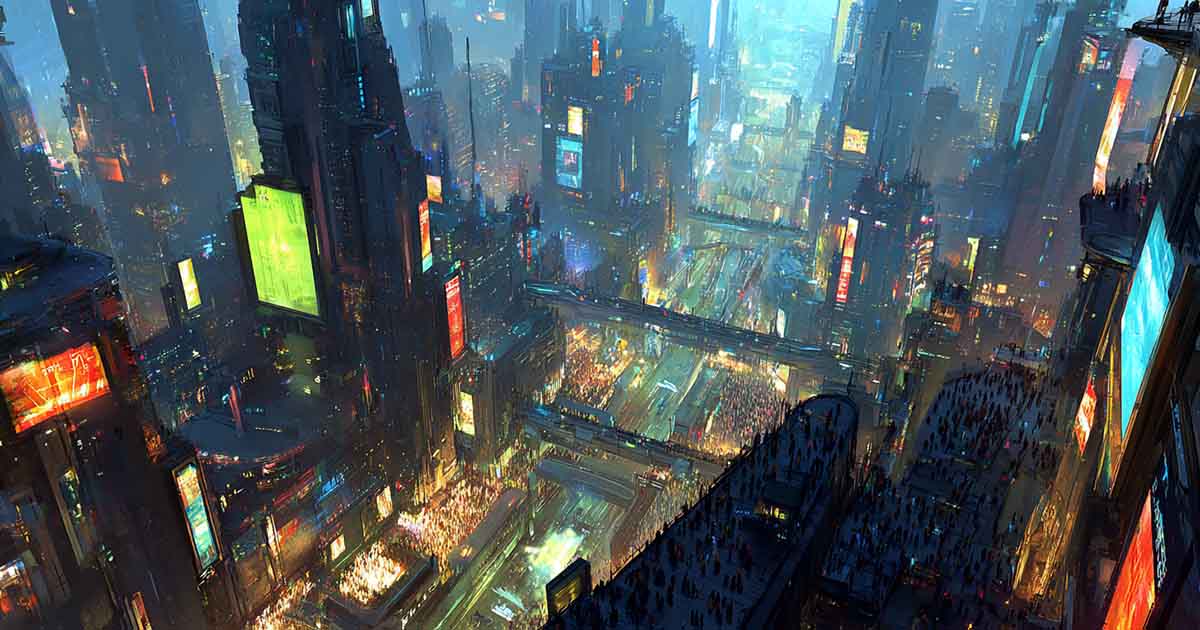
Opening Context and Historical Placement
When “Stand on Zanzibar” appeared in 1968, science fiction was in the midst of a generational shift. The hopeful, linear adventures of the 1940s and 1950s were giving way to works that reflected the turbulence of the real world.
The United States was watching its cities swell, television dominate public attention, and technology change daily life. Britain, too, was facing social and economic strain. Into this atmosphere, John Brunner—a British writer already respected for his range—released a novel that would both reflect and anticipate the anxieties of the late 20th century.
The timing could not have been more apt. That year, headlines told of riots, protests, and an exploding global population. In this climate, “Stand on Zanzibar” seized the attention of critics and readers with a form and scope that broke from convention.
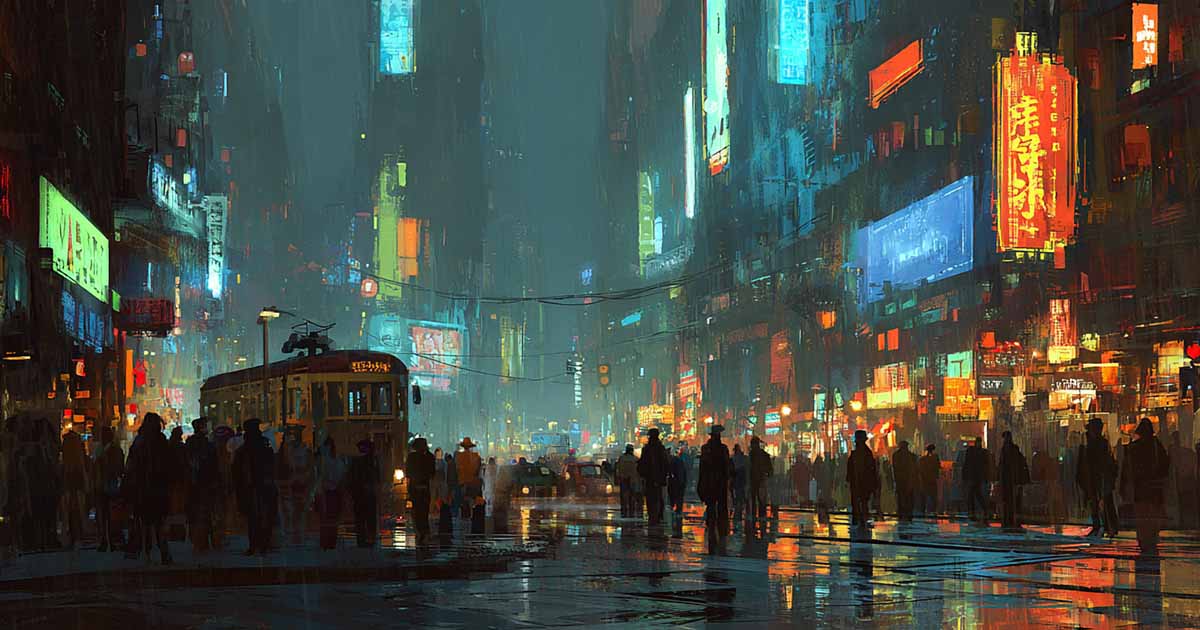
Brunner was not content with a simple cautionary tale. He created a full-scale portrait of a possible tomorrow, written with the confidence of a man who believed that science fiction could match the ambition of the modern novel.
It was a gamble, but it paid off. The novel won the 1969 Hugo Award for Best Novel, the British Science Fiction Association Award, and brought Brunner into the highest ranks of speculative fiction. Reviewers compared his multi-strand structure to John Dos Passos’s “U.S.A.” trilogy, yet Brunner’s approach was distinct—part speculative fiction, part social reportage.
For readers in 1968, this was a bold leap forward. Instead of a single narrative thread, Brunner offered a wide-angle view of a crowded, noisy, and politically tense future. The result was a book that challenged the reader to think, to connect ideas, and to confront the possibility that the future he imagined was already beginning to take shape.
Structure and Style
“Stand on Zanzibar” is not told in the straightforward manner of most novels from its era. Brunner builds his story using a fragmented, almost documentary style.
Short bursts of fictional news broadcasts, advertising copy, overheard conversations, and government reports are woven between more traditional narrative scenes. The effect is that of tuning a radio dial in a crowded city, with snatches of culture and politics blending together to form a portrait of the age.
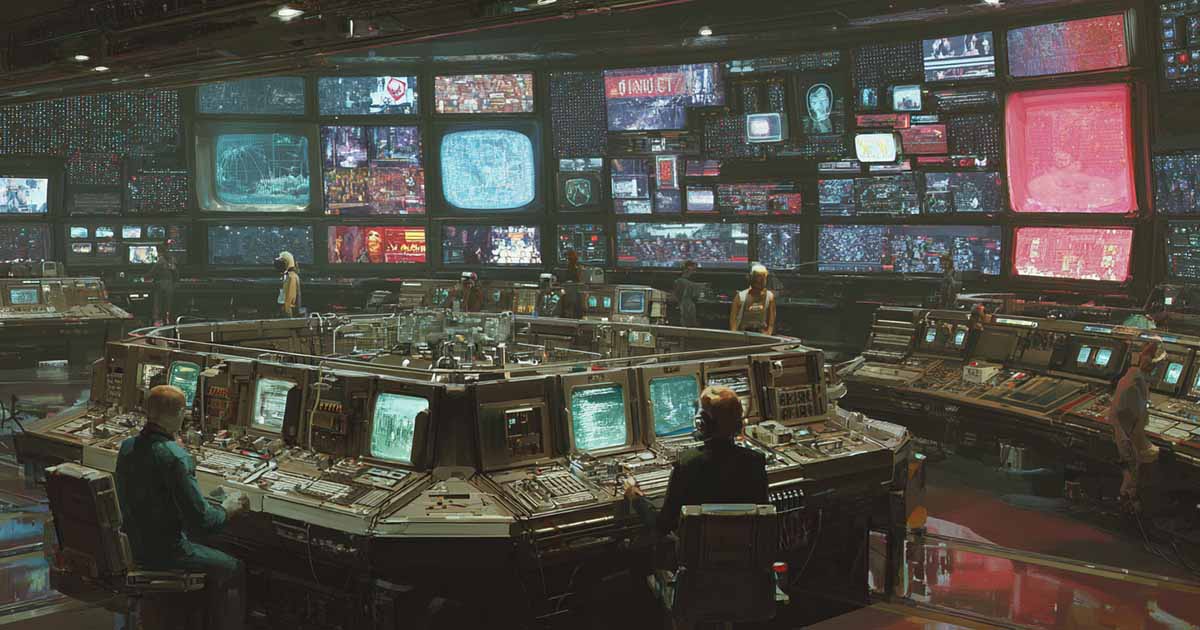
This method owes something to the work of John Dos Passos, whose “U.S.A.” trilogy used a similar collage technique to capture the pulse of America in the early twentieth century.
Brunner adapted that idea for speculative fiction, using the same fractured rhythm to convey the sensory overload of a hyper connected, overpopulated world. Readers do not simply watch events unfold. They feel submerged in a constant flood of data, just as the novel’s citizens do.
The book’s structure is divided into four recurring modes. “Continuity” advances the main plotlines. “Tracking with Closeups” offers brief character studies. “The Context” provides background on the world’s politics, economics, and culture. “The Happening World” delivers rapid fire snippets of media noise. This cycle repeats, creating a rhythm that is both challenging and immersive.
It can be demanding to follow for readers accustomed to linear storytelling. Yet the reward is a sense of authenticity rarely matched in science fiction of the time. The world of “Stand on Zanzibar” does not feel invented in the quiet of an office. It feels lived in, argued over, and broadcast into every corner of society.
Brunner’s commitment to this layered, polyphonic structure is what makes the novel distinctive. It is not merely a story but an experience, a deliberate attempt to make the reader live inside the future rather than observe it from a distance.
Themes and Worldbuilding
The central concern of “Stand on Zanzibar” is the human cost of overpopulation. Brunner imagines a world where resources are strained, cities are crowded, and personal freedoms are shaped by government policies designed to keep birth rates under control.
This is not just background decoration. It shapes every aspect of life, from the way people work and travel to the choices they make about relationships and family.
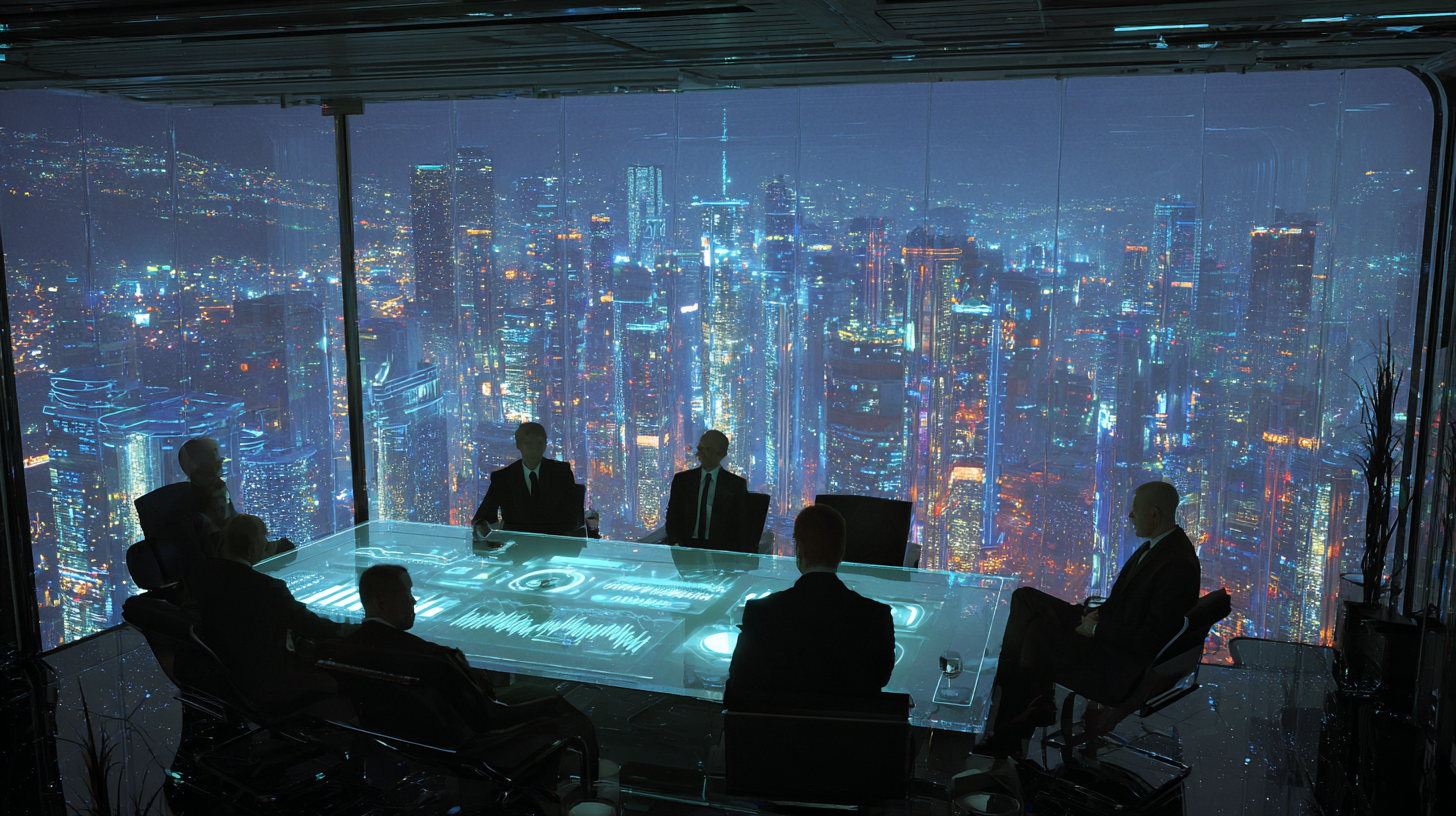
Alongside population pressure, Brunner examines the growing power of global corporations. In his future, a handful of massive companies influence politics, culture, and even the direction of scientific research. This vision carries weight today because many of the forces he described are now a visible part of everyday life. Brunner does not present business as entirely corrupt. Instead, he shows a complex relationship between commerce and governance where private ambition and public interest are constantly in tension.
Media saturation is another defining element. Through his short interludes of advertisements, news chatter, and public announcements, Brunner builds a world where citizens are surrounded by noise and distraction. The constant stream of fragmented information blurs the line between important events and trivial entertainment. Readers experience this just as the characters do, which makes the setting feel tangible and alive.
Emerging genetic science is also present in the novel’s background, raising questions about the limits of human control over nature. Brunner hints at the benefits such technology might bring, yet he never loses sight of the moral risks. The idea that science can reshape humanity itself adds an undercurrent of unease that runs throughout the story.
What makes the worldbuilding remarkable is its depth and consistency. Even minor details feel considered and connected to the broader social and political picture. Brunner’s imagined future does not operate as a distant fantasy. It operates as a plausible extension of trends already visible in the late 1960s, which gives the novel its striking power to engage the reader’s imagination and provoke thought about where our real world might be heading.
Critical Reception and Legacy
When “Stand on Zanzibar” was first released, it drew strong reactions from both critics and readers. Algis Budrys praised it as a work of rare scope and ambition, noting that Brunner’s future felt convincing in every detail. Other voices were less enthusiastic.
James Blish admitted he admired Brunner’s skill but found it difficult to connect with the characters, and he questioned whether the novel’s complexity was designed more to win awards than to tell a story.
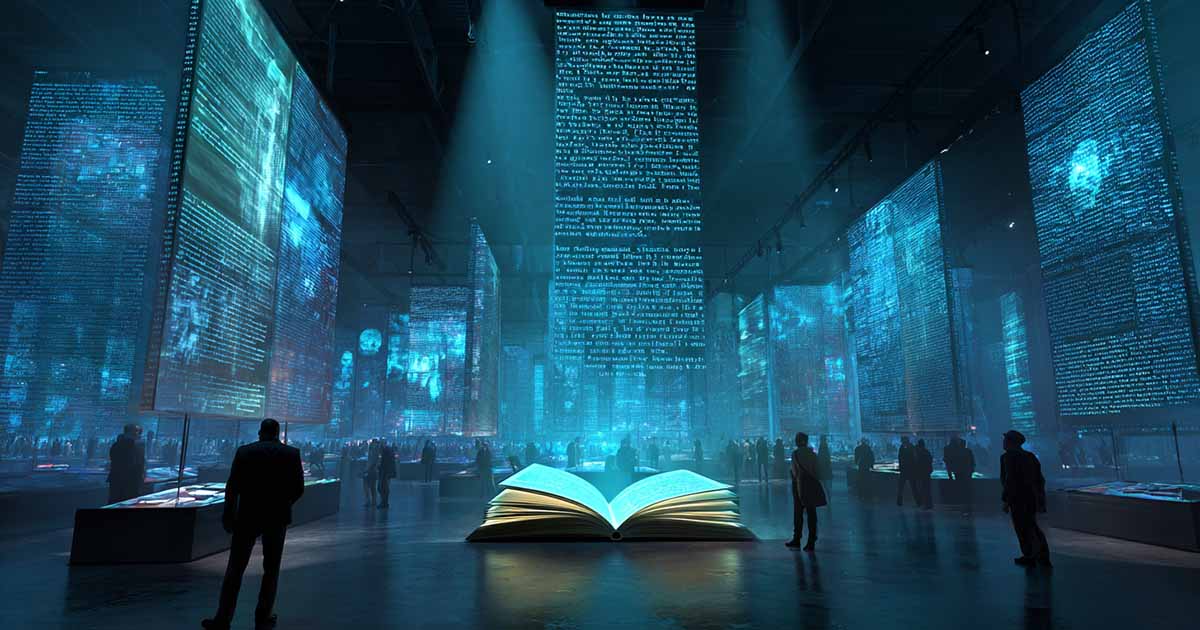
In spite of mixed views on its characters, most reviewers agreed that the book’s structure was bold and innovative. The comparison to John Dos Passos was common, yet Brunner’s application of that style to science fiction was considered original and daring. For many, the fragmented form captured the modern condition better than a traditional plot could. Readers who invested the effort often found themselves deeply impressed by its range and depth.
Over time, the reputation of “Stand on Zanzibar” has only grown. Later critics began to focus on Brunner’s remarkable foresight. The novel anticipates corporate dominance, genetic engineering debates, and the overwhelming influence of mass media. By the twenty first century, these predictions were no longer speculative ideas. They had become part of everyday reality. That accuracy has given the novel a fresh relevance that few works from the same era can match.
Modern writers often cite Brunner as an influence when tackling large scale social issues in speculative fiction. Historians of the genre point to “Stand on Zanzibar” as a bridge between the classic adventure driven narratives of earlier decades and the more experimental, socially engaged works that followed.
It remains both a product of its time and a timeless cautionary vision. That balance between historical significance and continuing resonance is why the novel still earns the attention of serious science fiction readers today.
A Future That Still Feels Close
“Stand on Zanzibar” remains a singular reading experience. Its fragmented structure may demand more from the reader than a traditional narrative, yet that very structure delivers the sense of living inside a complex and unpredictable world.
Brunner understood that the future would not arrive in neat sequences. It would come as a blur of information, events, and choices, with the important and the trivial jostling for attention.

The book’s predictions still strike with force. Overpopulation, corporate power, genetic experimentation, and media overload are not abstract concepts for modern readers.
They are part of the daily conversation. This lends the novel an urgency that has not faded with the passing decades. What was speculative in 1968 often feels observational today.
For readers willing to give it time and attention, the reward is a richly imagined world that feels as immediate as this morning’s news. Brunner does not lecture or simplify. He offers a vision that invites reflection and asks the reader to decide what lessons to draw. That is one reason the book continues to be discussed in science fiction circles more than fifty years after its publication.
“Stand on Zanzibar” is more than an artifact of the late 1960s. It is a living conversation about the pressures and possibilities of modern life. To read it now is to see both where we have come from and where we might be headed. Few novels manage to bridge those two points so convincingly, and fewer still keep their power intact across generations.

